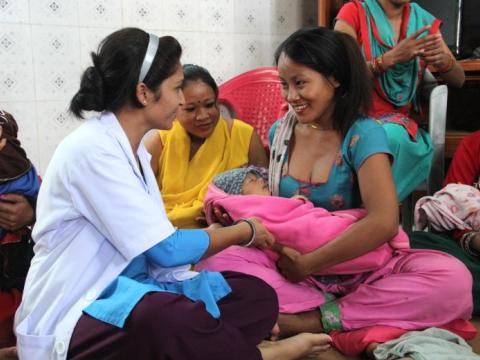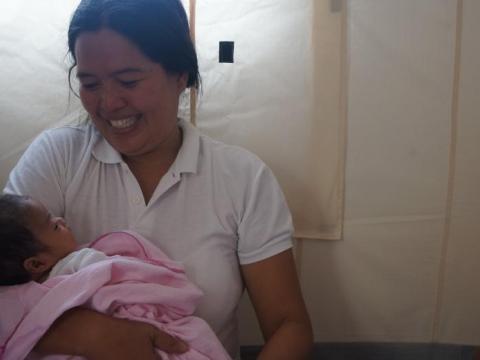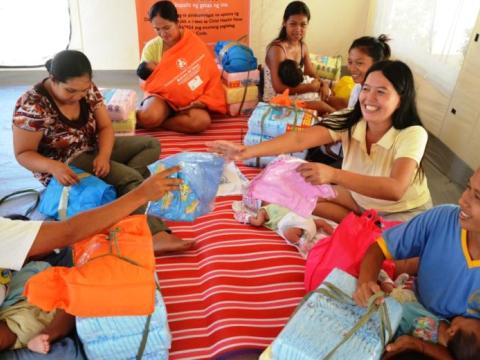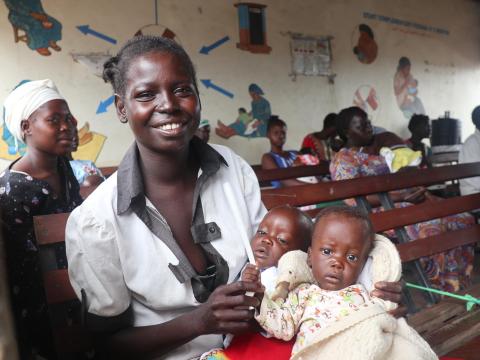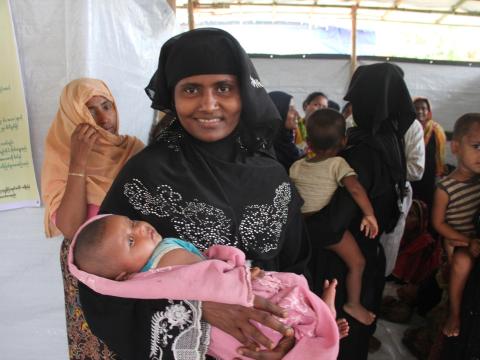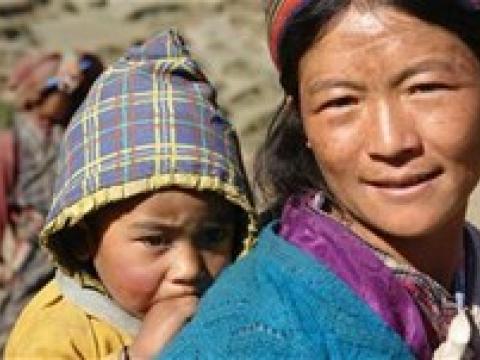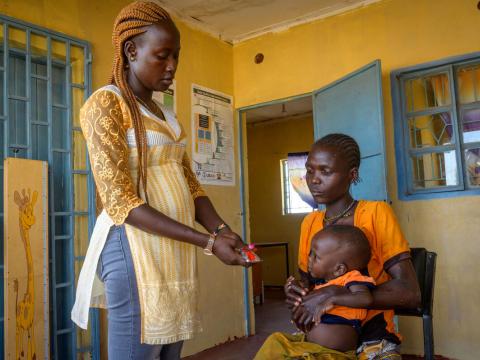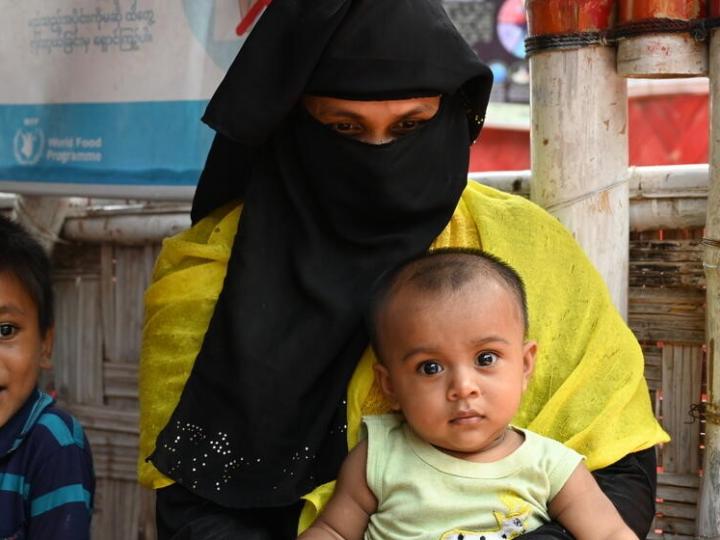
Nutrition in Emergencies
Nutrition in Emergencies
When disasters occur, regular community practices are disrupted, populations often become displaced, and normal production of food and care for children is disturbed. In addition, malnutrition and hunger are widespread among refugees and displaced populations. Even in healthy populations, child sickness and death can increase by 20% within two weeks.
In emergencies, rates of death can soar from 2 to 70 times higher than average among these groups when their nutritional needs are not met. These are usually identified as infants and young children, pregnant and lactating women, and older populations.
How does World Vision Respond?
ProtectS and SupportS Infant & young child feeding
Prevention is key! Risks to infant feeding are present in all types of emergencies, even if nutrition or health was not a concern, pre-emergency. If infant and young child feeding is protected and supported in all emergencies, it decreases the need for more complex interventions, such as treatment of malnutrition and management of disease outbreaks.
Sets up Women and child-friendly spaces
Women, Adolescent and Young Child-friendly Spaces (WAYCS), also known as Baby-friendly tents or Baby-friendly corners, are safe, low-stress spaces where mothers can breastfeed, rest, eat and receive skilled counselling and targeted advice about breastfeeding and nutrition. Here are some examples of World Vision's WAYCS: World Vision has created guidance documents on breastfeeding-friendly tents and WAYCS.
Improves Nutrition through General Rations and Food Assistance
In order to prevent a decline in the nutritional status of emergency-affected populations, World Vision provides food aid. In dire situations, where access to food is severely limited, a general distribution of food is required to sustain life. However, more often, food is used as a programme resource to improve household income, education and health for the community, ultimately improving the nutritional status of all community members. It should also be noted that within food aid programmes, additional preventive approaches can be included, such as appropriate complementary feeding and the prevention of micronutrient deficiencies.
Partners with Global Nutrition Cluster
World Vision is one of five partners with the Global Nutrition Cluster's (GNC) Rapid Response Team (RRT), and partners both globally and at country level. The RRT was created to increase GNC capacity to support cluster coordination and information management functions through six rapidly-deployable RRT members. This enables a timely and coordinated response, ensuring improved emergency nutrition interventions. Download the GNC RRT Information Flyer.
This case study profiles how World Vision in South Sudan partnered with the UN Nutrition cluster to adapt its nutrition programming to overcome the contextual challenges and address the malnutrition needs of children and affected communities. It highlights some key observations and learnings from World Vision’s implementation of community-based management of acute malnutrition (CMAM) and the multi-sectoral Rapid Response Mechanism.
